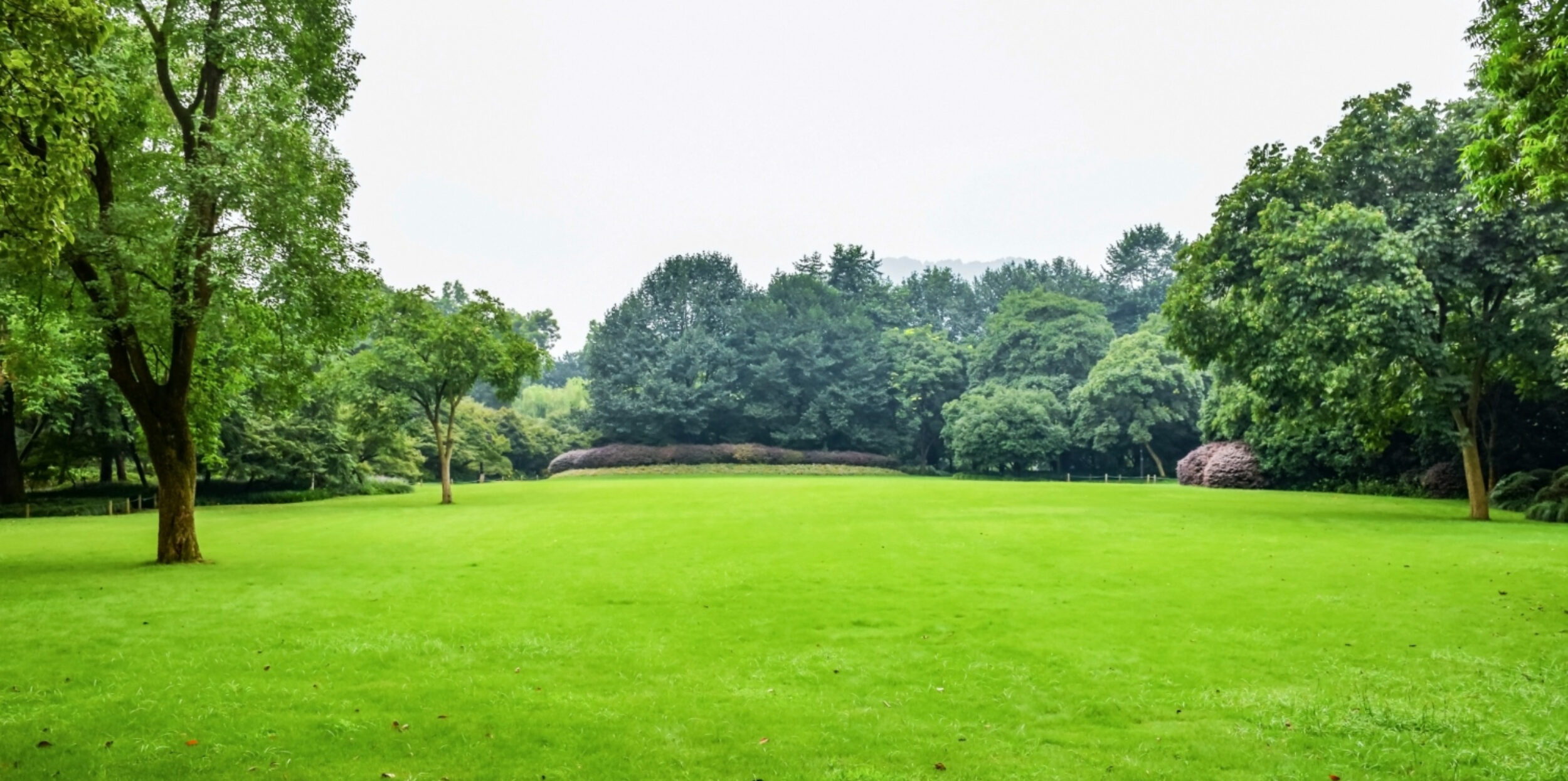Legal services you can trust.
When we consider installing a lawn, we generally think of the visual and physical comfort that it will offer us and the relaxation and sunny summers that will follow. But who says lawn also means mowing, watering, fertilizing… and very often moss, moles, yellowing, and weeds!
However, obtaining and maintaining a beautiful lawn does not require an excessive expenditure of time and energy. However, this requires certain knowledge, regular maintenance, organization, and special precautions
Mowing
Mo wing is the most common lawn maintenance activity. Common and recurring, it nevertheless requires, to be properly carried out, some essential knowledge and precautions.

Mow Your Lawn
First, it is necessary to mow your lawn regularly. This helps develop its density and homogenize its appearance. In this way, your lawn will tiller more easily, that is to say, the shoots will develop at the base and in width and thus strengthen themselves and give a beautiful appearance to your lawn.

Growth of Weeds
The regular cut has another well-known advantage: it is easier! A lawn left to its own devices for too long will develop irregularly and encourage the growth of weeds. It will, therefore, be even more difficult to mow. Conversely, regular cutting will limit their spread.

Mowing Route
However, excessively recurrent cutting still has some disadvantages: it can compact the soil and limit the roots’ access to nutrients. It can also flatten blades of grass. So remember to change the mowing route regularly and cut your lawn about once a week in spring and fall. Reduce cutting in summer when the lawn grows slower.
The Type of Lawn
Optimal regularity, therefore, depends on the seasons but also, obviously, on the type of lawn and the local climate. In any case, do not hesitate to ask your landscaper for advice.
The lawn grows
Then, please do not cut it too short in order to preserve your lawn and encourage its roots to grow. It is generally recommended to never cut more than a third of the length of a lawn so as not to weaken it. A lawn cut too drastically will reduce its roots and, therefore, limit its nutritional capacity and its resistance to drought, diseases, and parasites. Allow approximately 3 to 5 cm in spring and autumn, when the lawn grows faster and thicker.
Aim for up to 8 or 10 cm in summer. Your lawn needs humidity in the summer, and a greater length protects the soil from the risk of drought and strengthens the roots and the lawn’s access to water and nutrients. Your lawn will also be protected from chafers, and the development of weeds will be limited. Also, avoid mowing during heatwaves so as not to weaken it further. Finally, if your lawn turns yellow and apparently stops growing during the summer, don’t worry: it’s normal! It will very quickly regain its beautiful color and growth with the first drops of rain!
Get In Touch
Another important element: remember to sharpen the blades of your mower. Well-sharpened blades will cut more cleanly and reduce the risk of tearing up the grass, leaving it more energy to devote to growing and strengthening. This will prevent the development of pathogens and the yellowing of the lawn while promoting its good health.
Finally, remember that you should always mow when the lawn is dry. So avoid rainy days and morning dew. Also, remember to recycle and cut grass. Cut finely, it can be used as a natural fertilizer. It can also be used as compost or mulch.

